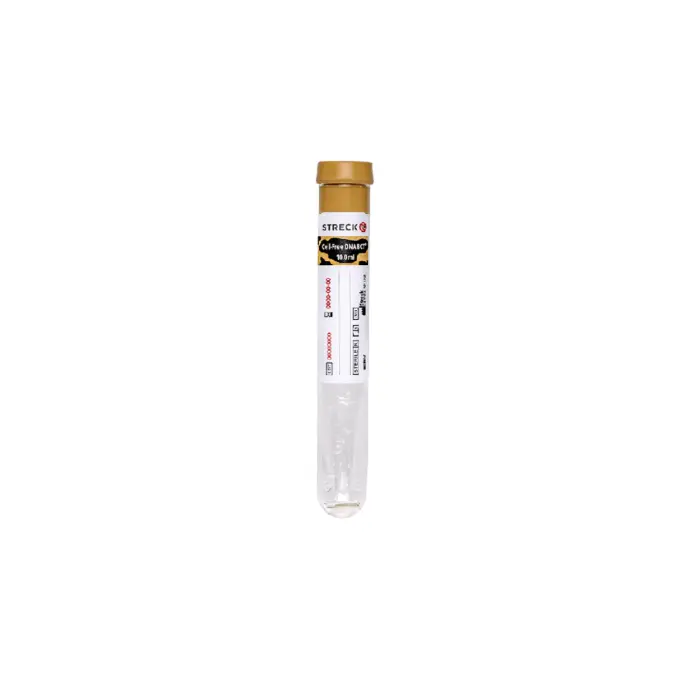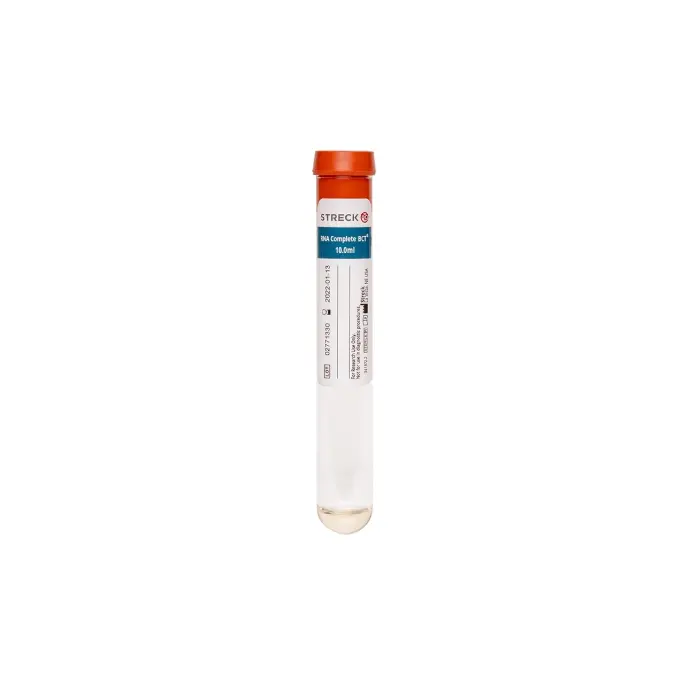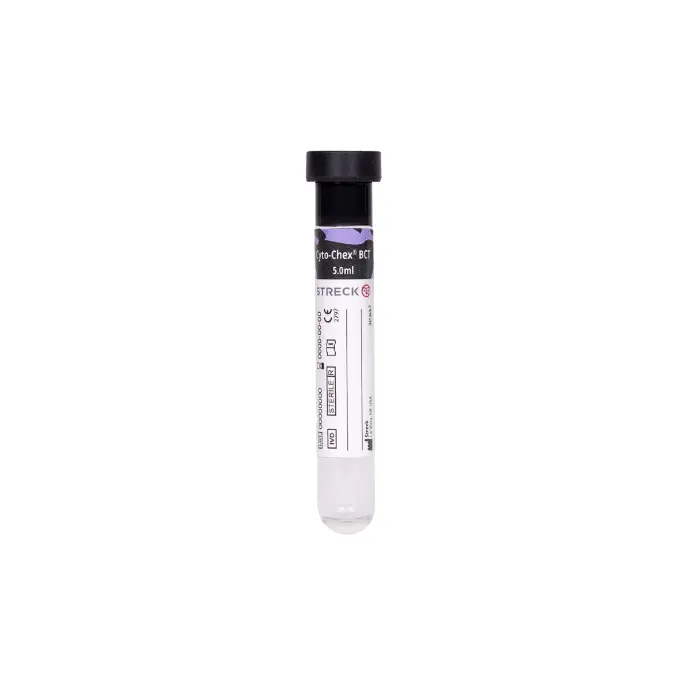The quality of biological samples is crucial for the accuracy of diagnostic tests. Without appropriate stabilization, the properties of the sample can change rapidly, leading to falsified results. In this article, we look at the most important methods for sample stabilization and present innovative solutions such as Streck's products.
Why is sample stabilization important?
Biological samples such as blood, plasma or tissue are highly sensitive and are subject to rapid changes:
- Cell decay (hemolysis, apoptosis)
- Enzymatic activity
- Microbial contamination
- Oxidation and chemical changes
Without adequate stabilization, important biomarkers can be degraded, making correct analysis difficult or impossible.
Methods for sample stabilization
1. cooling and freezing
One of the simplest methods of stabilization is storage at low temperatures.
- Advantages: Slows down enzymatic reactions and microbial growth.
- Disadvantages: Can damage cell structures, especially if not frozen and thawed properly.
2. chemical stabilizers
Chemical additives prevent the degradation of proteins, DNA or RNA.
- Anticoagulants (e.g. EDTA, heparin) prevent coagulation.
- Preservation solutions protect biomarkers from enzymatic degradation.
3. specialized stabilization solutions
This is where specially developed products that are tailored to specific analytes come into play. Streck solutions are an example of this.
Streck products for sample stabilization
Streck offers a range of products specially developed for the stabilization of biological samples. Some of the best known are

Cell-Free DNA BCT®
a tube solution that stabilizes cell-free DNA (circulation free or cell free for short cfDNA) in blood samples and reduces the need for an immediate plasma separation procedure.


Cyto-Chex BCT®
for the stabilization of immunophenotyping samples in flow cytometry.
These products allow for longer storage and transportation time without compromising the integrity of the sample - a key benefit for laboratories and research facilities. The extended stability of samples can reduce transportation costs as fewer urgent deliveries or refrigerated shipments are required. It also improves access to more samples, as remote or hard-to-reach locations can be more easily integrated into sample logistics.
Conclusion
Choosing the right stabilization method depends on the type of sample and the planned analysis. While traditional methods such as cooling continue to play a role, modern stabilization products - such as those from Streck - offer significant advantages for the precision and reproducibility of diagnostic tests. The use of these solutions can help to minimize sources of error and ensure reliable results in medical diagnostics and research. In addition, they offer economic benefits through cost savings in transportation and extended sample availability.

